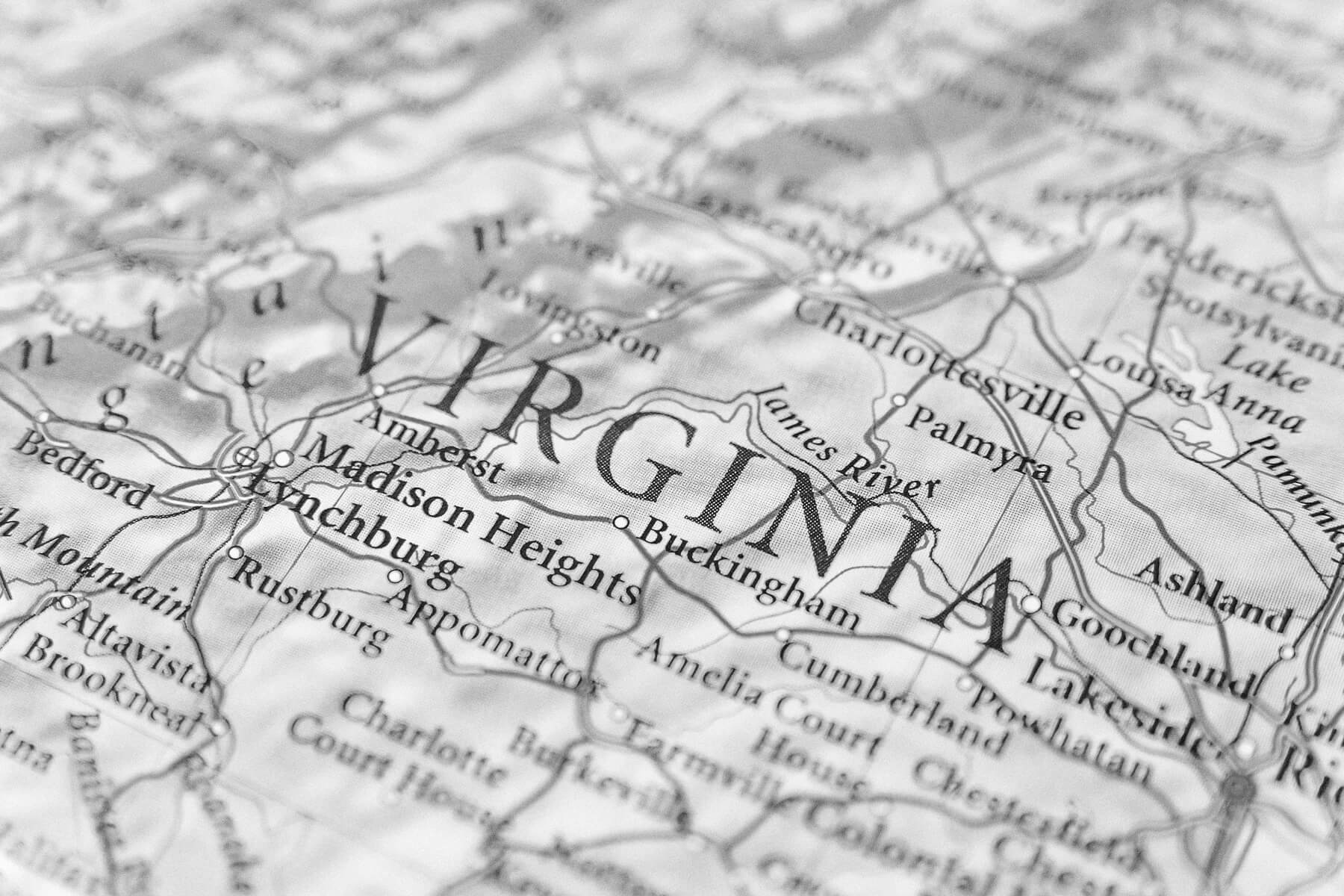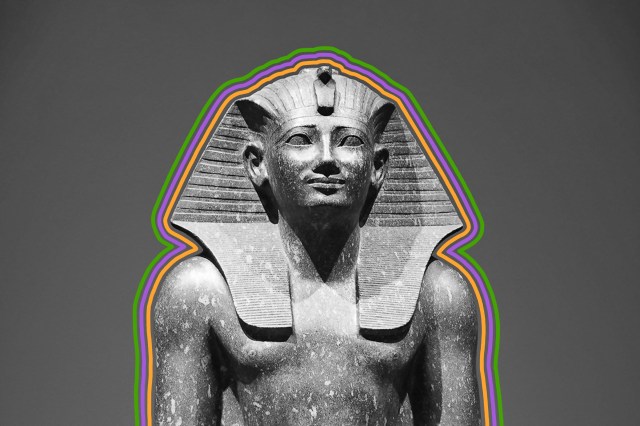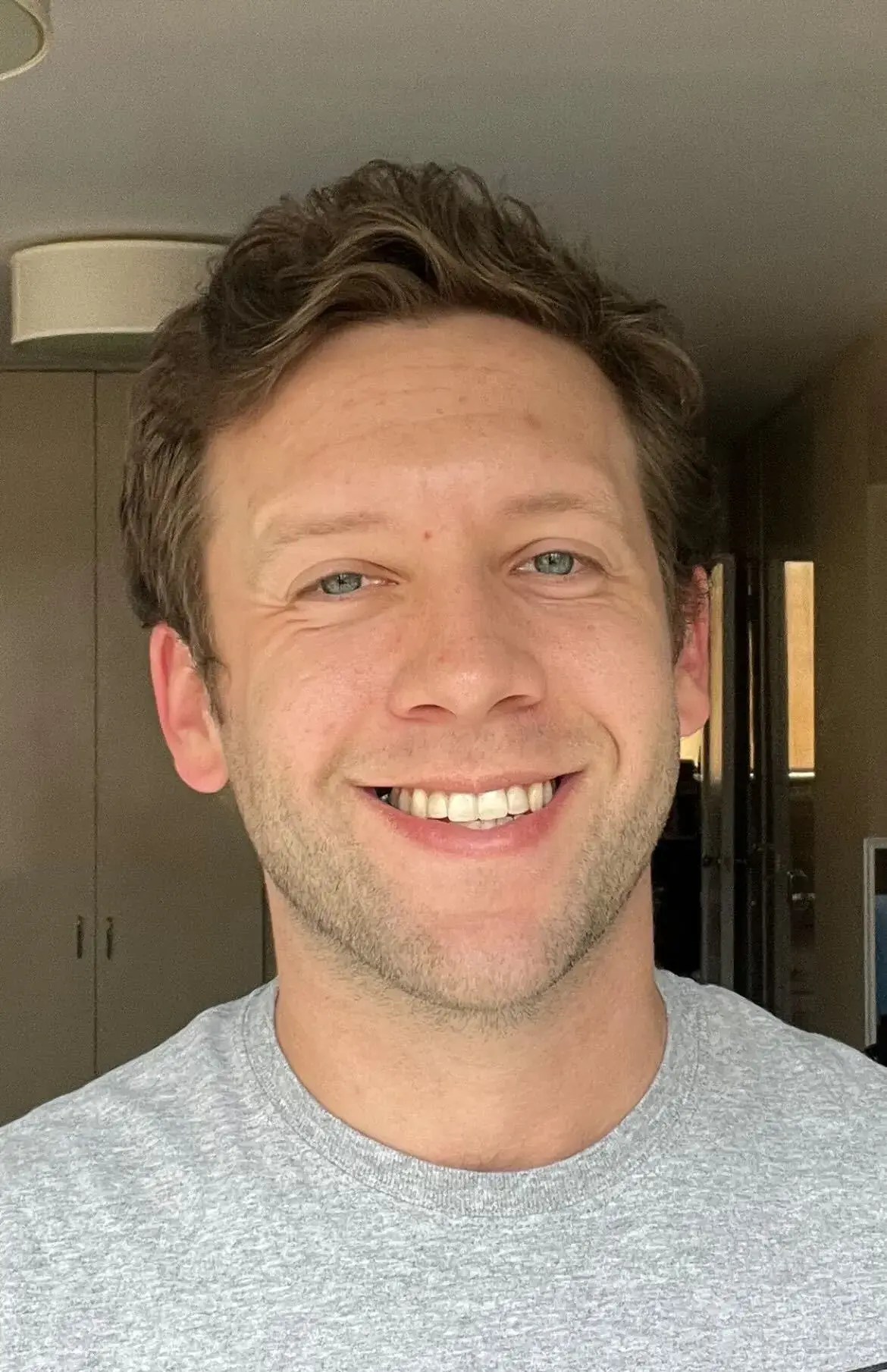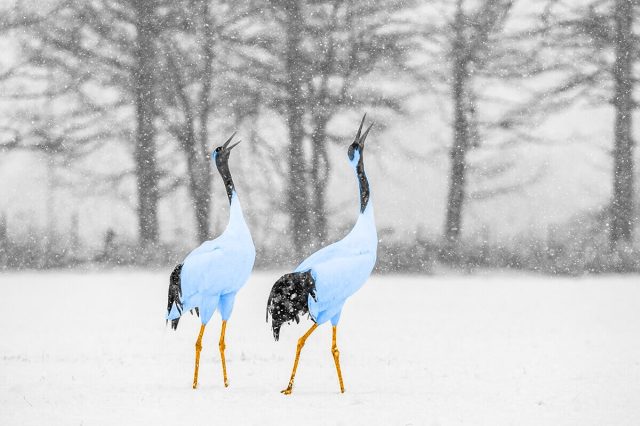6 Historical Facts That Will Challenge Your Sense of Time
Original photo by asbe/ iStock

History, at first glance, is a simple enough concept — a series of events that happen in chronological order and that eventually add up to the overarching story of humanity. However, sometimes it doesn’t take much to throw off our sense of that timeline. Historical outliers, anachronisms, and different types of development made by disparate cultures can intersect in ways that make you question your hold on temporal reality. These six facts will challenge your perception of time, and prove that history isn’t always as simple as it may seem.

George Washington Didn’t Know Dinosaurs Existed
The birth of the United States dates back little more than 245 years, but a lot has happened since then. One of the big paleontological updates, for example, is the discovery of dinosaurs. The first dino fossil ever discovered was in 1677, when English naturalist Robert Plot found the femur of what we’d now call a megalosaurus. However, Plot believed that this bone belonged to some ancient race of giant humans — not the animals we know today as dinosaurs. It wasn’t until the 1820s, when geologists in England uncovered more megalosaurus fossils, as well as bones belonging to the iguanodon, that they correctly identified the remains as belonging to some sort of giant extinct reptile. Even then, it’d take nearly two decades before the word “dinosaur,” meaning terrible lizard, was officially coined by Richard Owen. That means George Washington, and most of the founding generation of the United States, didn’t know anything about dinosaurs, and may have even believed an ancient race of human giants once roamed the Earth.

Woolly Mammoths Were Alive After Egyptians Built the Pyramids
Woolly mammoths were once hunted in Europe by Neanderthals, so it seems weird that they overlap with the recorded history of Homo sapiens. Yet the gargantuan beasts still roamed the Earth when the Egyptians toiled away on the Great Pyramid of Giza. Though “roam” may be a bit of an exaggeration: By the end of their natural time on Earth, woolly mammoths were completely confined to Wrangel Island off the coast of northeastern Russia.
This small island, roughly the size of Crete, saw the last gasps of this species, as the ice age that sustained the creatures’ survival completely receded. Sadly, the few mammoths on the island suffered what scientists call a “genomic meltdown,” as inbreeding affected the species’ ability to mark territory and mate. It’s estimated that the last woolly mammoth died around 1700 BCE, about 800 years after the completion of the Great Pyramid. However, new advancements in genetics could see the return of these woolly beasts to the planet.

The First Computer Was Invented Before the Roman Empire
A computer found in an ancient shipwreck among the islands of Greece sounds like a sci-fi story with a dash of time travel — but in this case, reality is stranger than fiction. Now regarded as one of the most astounding archaeological finds in history, the Antikythera Mechanism, named after the nearby island where the shipwreck was discovered, is an ancient analog computer built around the second century BCE. The machine was used to calculate eclipses, moon phases, and the movements of the five planets known to antiquity: Mercury, Venus, Mars, Jupiter, and Saturn. This means humanity’s conception of a computer predates the rise of the ancient Roman Empire, which began with the reign of Emperor Augustus in 27 BCE.
When the mechanism was discovered in 1900, no one knew how these strange, greenish pieces of bronze fit together, and the mystery wasn’t solved until historian Derek J. de Solla Price figured it out in the 1950s. Yet to this day, experts aren’t sure who originally created the Antikythera Mechanism; the famous mathematicians Hipparchus and Archimedes are good guesses. The next analog computer to rival the complexity of the Antikythera Mechanism didn’t arrive until the astronomical clocks of the Renaissance, more than 1,500 years later.

The Fax Machine Was Invented the Same Year the First Large-Scale Wagon Train Traveled the Oregon Trail
Although we often associate it with the late 20th century, the fax machine is surprisingly old, and it arrived little more than a decade after the invention of the telegraph. In 1843, Scottish mechanic and inventor Alexander Bain received a patent for a device now regarded as the first fax machine. This machine worked differently than today’s digital machines, however; Bain leveraged his experience as an amateur clockmaker to synchronize pendulums with a clock. One pendulum scanned an image, while another created a copy of the image.
That same year, on May 22, 1843, a wagon train left Missouri on its way west toward Oregon. The nearly 1,000 settlers were part of the first large-scale expedition to travel along what became known as the Oregon Trail, a route that wound through Wyoming’s South Pass and circumvented the Rocky Mountains. (While migrants had been using the Oregon Trail since the 1830s, numbers increased significantly with this Great Emigration of 1843.) Meanwhile, in England, Bain’s machine — and subsequent machines like it — were labeled “copying telegraphs,” though they became obsolete by the early 1860s, after Italian inventor Giovanni Caselli invented the telefax machine, known at the time as the pantelegraph.

The First University in Europe Was Founded 7 Years Before the Crusades
Universities, which served as centers of learning for the intellectual revolutions of the Renaissance and Enlightenment, seem like institutions founded after the unenlightened barbarism of the Crusades. However, the University of Bologna predates Pope Urban II’s call to retake the Holy Land by about seven years. The university formed as an affiliation of guilds mostly studying civil and canon (aka religious) law. By the 12th and 13th centuries, the University of Bologna attracted students from all over the world, and subsequently became a model for other Italian universities and centers of learning further abroad. The only university older than Bologna is the University of al-Qarawiyyin in Fes, Morocco, which was originally founded in 859 CE.

Nintendo Existed Before the Death of Civil War General William T. Sherman
On September 23, 1889, Fusajiro Yamauchi founded Nintendo Karuta in Shimogyō-ku, Kyoto, Japan. Many decades removed from the creation of the first video game, Nintendo’s early years focused on producing hanafuda, or Japanese playing cards. Two years later and half a world away, one of the most influential generals in the U.S. Civil War — William Tecumseh Sherman — died at the age of 71. Nintendo remained relatively unknown in the U.S. until the mid-20th century, when the company began exploring ways to expand, and even struck a deal with Disney to create hanafuda with its characters on them. But it wasn’t until the 1970s, when Nintendo became the Japanese distributor of the Magnavox Odyssey, the world’s first home video game console, that the company took a hard right turn into the new entertainment industry.

Darren Orf lives in Portland, has a cat, and writes about all things science and climate. You can find his previous work at Popular Mechanics, Inverse, Gizmodo, and Paste, among others.
top picks from the optimism network
Interesting Facts is part of Optimism, which publishes content that uplifts, informs, and inspires.








































































